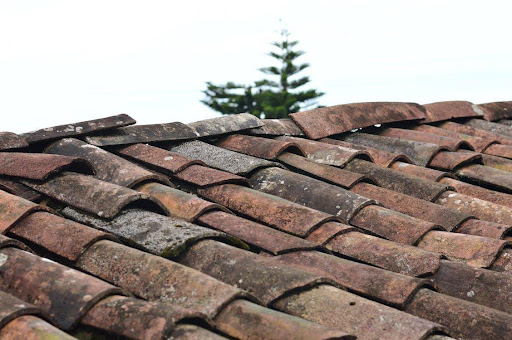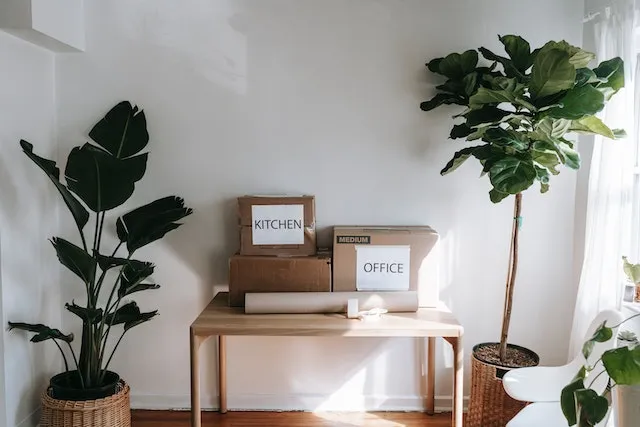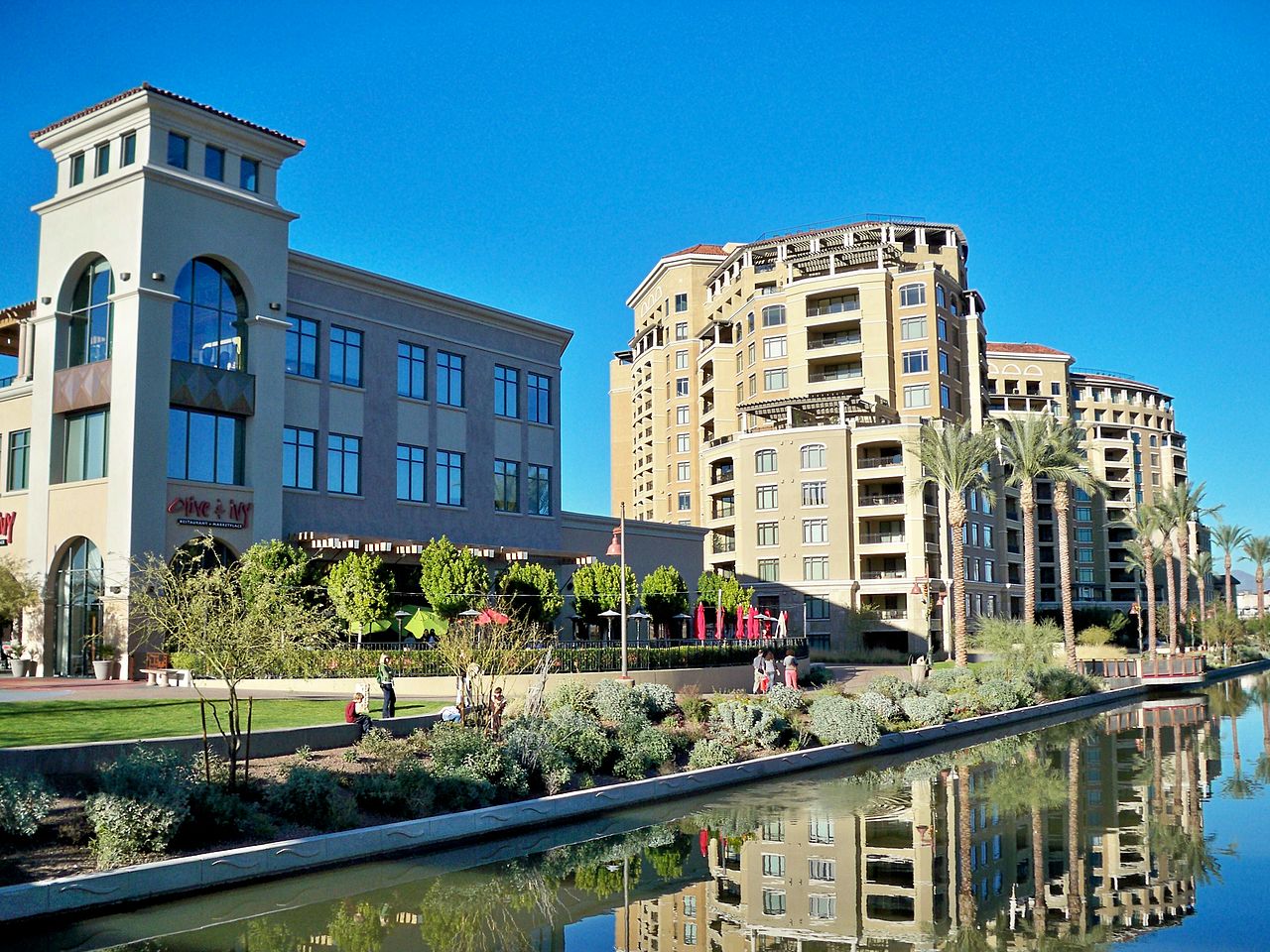Roofs are subjected to constant attack from weather conditions. A city’s climatic extremes—sweltering summers, cold winters, and violent storms—speed up the aging process of this protective barrier.
While the theoretical lifespan of some roofing materials may stretch to 25 years, the reality is that they can inevitably succumb to the relentless forces of nature. Under the constant barrage of sun, wind, and rain, shingles transform, crack, fray, or simply crumble. Assessing the condition of your roof from the ground is a challenging task, making it crucial to recognize the telltale signs that signal the need for a replacement.
Consider Pittsburgh’s climatic changes over a year: the city averages 38 inches of rain each year, with temperature ranges ranging from sub-zero winters to scorching summers. Such conditions exacerbate roof wear and tear, needing increased care. Hence, Pittsburg residents need to be careful and alert if they want to ensure their family’s well-being.
In this blog, we will tell you about five tell-tale signs your roof needs a replacement.
-
Table of Contents
Sagging
Sagging, an unmistakable red flag, signals that your roof is in terrible condition, demanding immediate roofing replacement. Beyond aesthetic concerns, a sagging roof signifies a compromised structural integrity, rendering it incapable of providing effective protection. This collapse often extends beyond the shingles; the attic and other vital roofing components likely have water damage and elemental breakage.
Battling Weather Elements
If we consider Pittsburg, residents have a significant challenge in dealing with climatic conditions that can harm their roofs. Such weather dynamics place roofs under constant stress, accelerating deterioration and urging residents to look into residential roof replacement.
A sagging roof in Pittsburgh is not just a cosmetic issue; it’s a stark indication of the harsh environmental toll on residential structures. Rapid response to sagging becomes imperative, safeguarding homes against the unforgiving forces that Pittsburgh’s climate throws their way.
-
Look For Signs Of Water Damage
Keep an eye out for subtle but tell-tale signs like damp marks, brown, yellow, or grey stains on the walls and ceilings, and peeling paint. These could be signs of a faulty and leaking roof. It’s better to investigate your attic space. Damp rafters and visible leaks can be additional red flags indicating potential roof damage that needs to be addressed.
Homeowner Responsibilities
- As a homeowner, you play an essential role in detecting early indicators of roof damage. Understanding your limitations, on the other hand, is critical.
- Inspection: Hire a roofer to perform an annual professional inspection. This preventative strategy can save thousands of dollars in repair costs by recognizing and treating minor issues before they worsen. Specialized tools and safety techniques are brought by trained personnel. They can precisely navigate roofs, ensuring a safe landing.

-
Moss and Algae Growth
While roof moss and algae growth are often perceived as mere cosmetic concerns, they can signal underlying issues that threaten the structural integrity of your roof.
The Impact of Moss and Algae
- Moisture Accumulation: Moss and algae thrive in moist environments, leading to excessive moisture buildup on the roof. This excess moisture can penetrate shingles, causing them to deteriorate and weaken the roof’s structure.
- Reduced Solar Reflectivity: Moss and algae darken the roof’s surface, reducing its ability to reflect sunlight. This increased heat absorption can strain the roof, leading to cracks and warping.
- Aesthetic Appeal: Moss and algae growth detract from the curb appeal of your home, making it appear neglected and poorly maintained.
Addressing Roof Moss and Algae
- Professional Assessment: Seek the guidance of a qualified roofing specialist to assess the severity of the moss and algae infestation and determine the most appropriate course of action.
- Timely Removal: Prompt removal of moss and algae is essential to prevent further damage to your roof. Professionals possess the expertise and tools to safely remove these growths without harming the shingles or compromising the roof’s integrity.
- Underlying Issues: Address the underlying causes of moss and algae growth, such as excessive moisture or humidity, to prevent recurrence. This may involve improving ventilation, repairing leaks, or enhancing drainage around the roof.
-
Cracks
If you see cracks in a specific section of your roof, you can immediately address the problem. You can limit the harm by replacing only the damaged shingles.
Wind damage, on the other hand, could be the source of cracks that spread in many locations. To ensure long-term stability, roofing contractors frequently advocate a more substantial approach—replacing the entire roof—in such cases.
-
Missing Gutter Guards Or Fascia
While shingles are the most visible component of a roof, their integrity is inextricably linked to other crucial elements, such as flashing, gutter guards, and fascia. Overlooking the condition of these components can have dire consequences for the overall structure of your roof.
Identifying Problems
- Flashing: These thin strips of metal are strategically placed around seams, vents, and chimneys to prevent water intrusion. Missing or damaged flashing creates entry points for moisture, leading to leaks and potential roof collapse.
- Gutter Guards: These protective covers prevent debris from clogging gutters, ensuring proper drainage and preventing water overflow that can damage the roof’s edge and foundation. Gaps or damage in gutter guards compromise this crucial function.
- Fascia: The long, horizontal board that runs along the edge of the roof not only enhances curb appeal but also plays a structural role. Cracked or missing fascia can weaken the roof’s support system, increasing the risk of collapse.
Acknowledge the vital function that suitable support plays in guaranteeing the structural soundness of your roof. To avoid a collapse, address any missing or broken components immediately.
The Bottom Line
From unmistakable sagging to subtle signs of water damage, each of these signs tells the tale of a roof weathering the elements.
Moss and algae, seemingly cosmetic concerns, mask potential threats to structural integrity. Whether isolated or widespread, cracks demand a careful approach. Missing components like gutter guards or fascia expose vulnerabilities that echo beyond aesthetics.
Homeowners navigate the intricate path of roof maintenance by heeding these signals and engaging professionals for assessments, ensuring a steadfast shield against time and weather.





